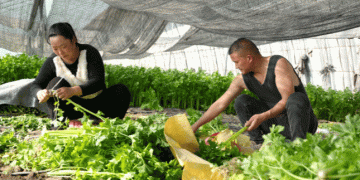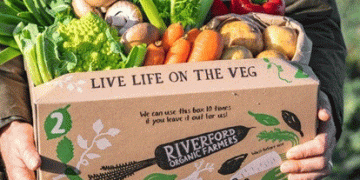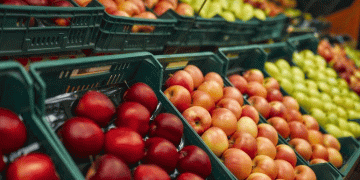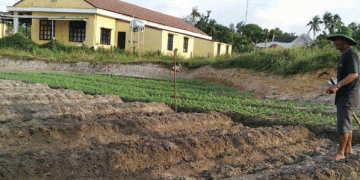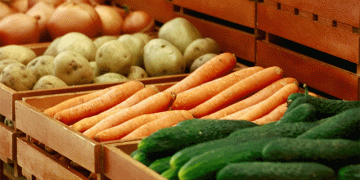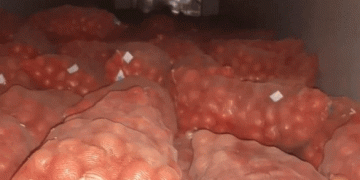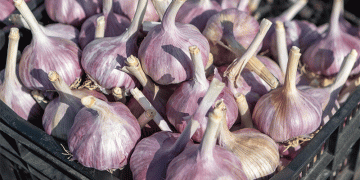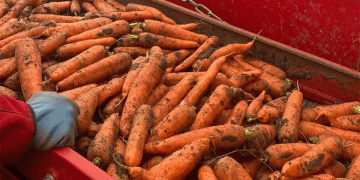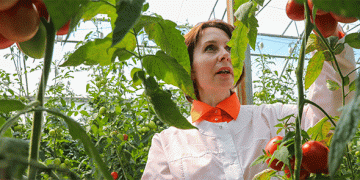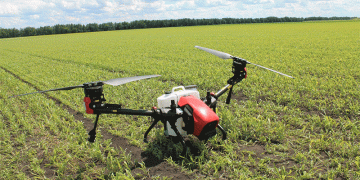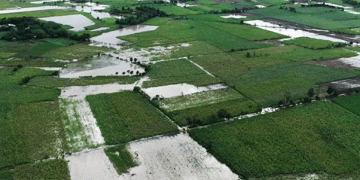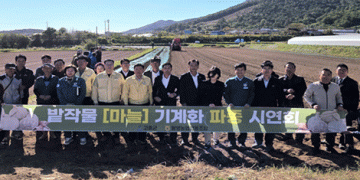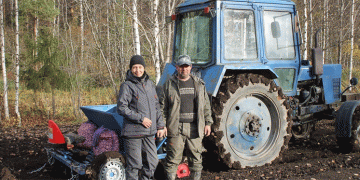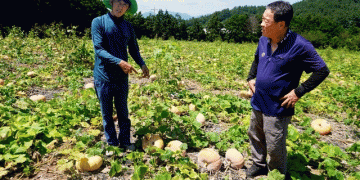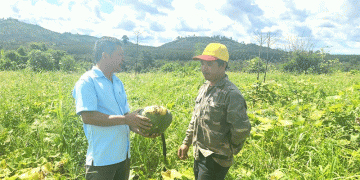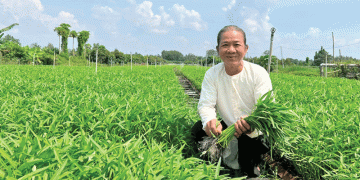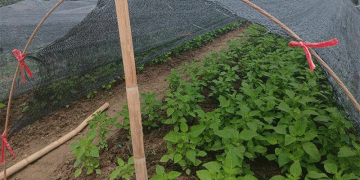Quan Sơn, located near Vietnam’s border in Thanh Hóa Province, is one of the six poorest districts in the region. For decades, poverty and isolation limited the local economy, especially for ethnic minorities. But today, a new wave of agricultural entrepreneurship—driven by cooperatives (HTX) and supported by smart policies—is reversing that trend.
At the heart of this transformation is Hà Văn Tập, a local farmer from Sại Village, Tam Lư Commune. Coming from a household long dependent on state support, he once sought a better life through overseas labor. But after returning home, he realized that sustainable prosperity could be built right on his own land.
Recognizing the local shortage of fresh vegetables, Hà Văn Tập launched a clean vegetable farm using sustainable growing practices. The math is clear: while rice farming yields about VND 50 million (~USD 2,000) per hectare annually, clean vegetable farming brings in VND 100 million (~USD 4,000) per hectare per year. With 5–7 harvest cycles per year and yields of 25–30 tons/ha per cycle, it’s easy to see why vegetable farming is gaining traction.
By partnering with local HTX networks, Hà Văn Tập ensures stable prices and rapid market access. This model is now being replicated across the district.
Beyond Vegetables: Diversified Livelihoods for Resilient Rural Economies
Another local success story is Hà Văn Phong, who has developed a profitable business raising “lợn cỏ” (native pigs) and hill chickens using organic methods. Maintaining a rolling herd of around 30 pigs, he follows an 8-month cycle before selling at 30–35 kg per pig. After deducting costs, he nets around VND 150 million (~USD 6,000) annually.
This diversification has not only increased incomes but also improved food security in Quan Sơn’s remote villages.
HTXs have played a crucial role in these successes. Through consistent support in logistics, marketing, and training, cooperatives have helped connect farmers with buyers, stabilize prices, and ensure product quality. For example, HTX Nông nghiệp xanh Duy Linh supports the sale of hundreds of tons of local products annually—including vegetables, bamboo shoots, local pork, and dried buffalo meat—by creating standardized, traceable production chains.
HTX-Driven Development: The Bigger Picture in Thanh Hóa
According to Thanh Hóa’s Department of Agriculture, the province currently has 828 agricultural cooperatives, of which over 65% are part of sustainable value chains. More than 280 cooperatives are using advanced technologies, and 48 products from 35 cooperatives have been certified under the OCOP (One Commune One Product) program.
The provincial government has actively supported this transition. In 2021, Thanh Hóa introduced Decision 3241, a policy initiative designed to strengthen agricultural cooperatives between 2021 and 2025. Key focus areas include:
- Raising awareness about the cooperative economy
- Expanding markets and trade promotion
- Investing in infrastructure and processing
- Supporting high-tech cooperative models and OCOP-linked value chains
This policy framework is showing real results. Not only are cooperatives generating jobs and improving incomes, but they are also playing a key role in poverty alleviation and rural revitalization—especially in ethnic minority communities.
The case of Quan Sơn District is a powerful example of how grassroots efforts, when supported by effective policies and cooperative models, can lift communities out of poverty. Farmers like Hà Văn Tập and Hà Văn Phong are not just changing their own lives—they are reshaping the economic and social landscape of Thanh Hóa’s mountain regions. With continued support, cooperative-driven agriculture could become a cornerstone of Vietnam’s inclusive and sustainable rural development.















